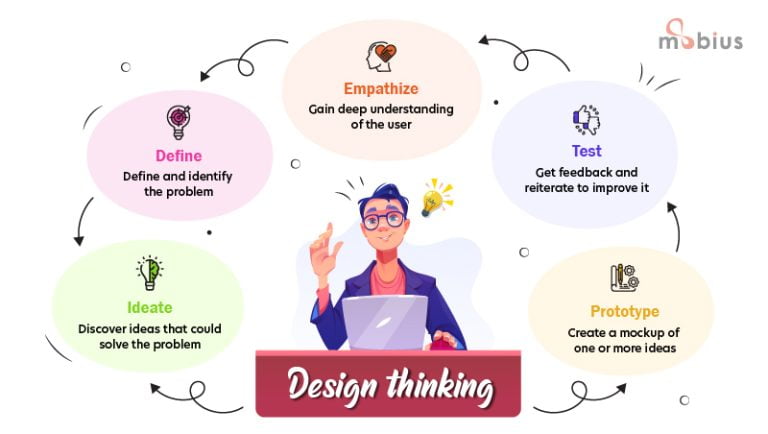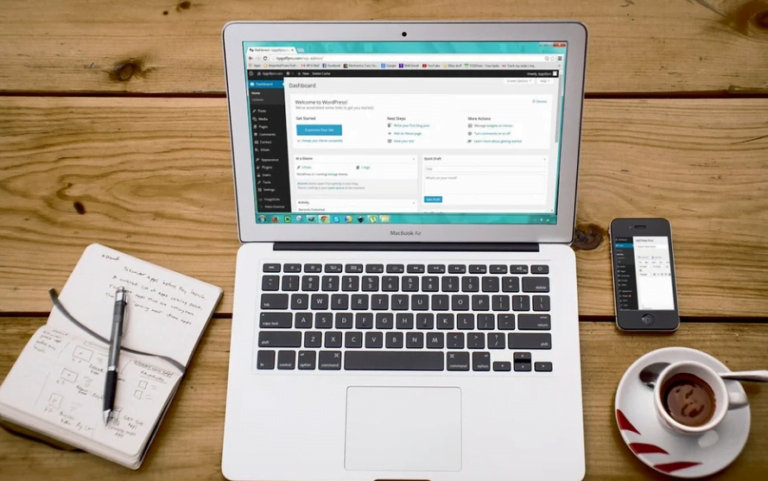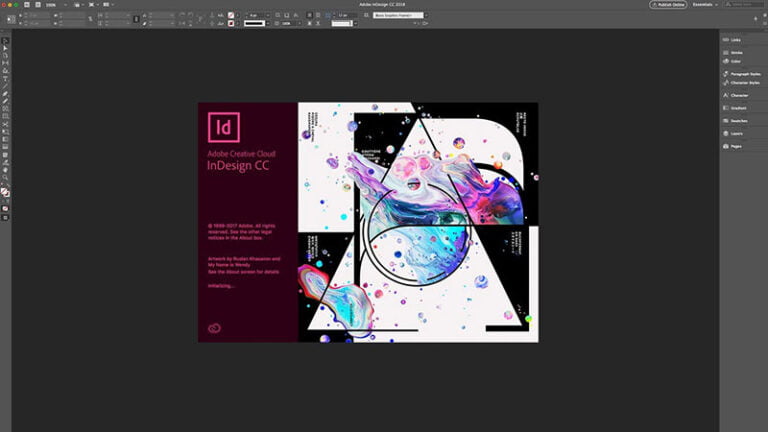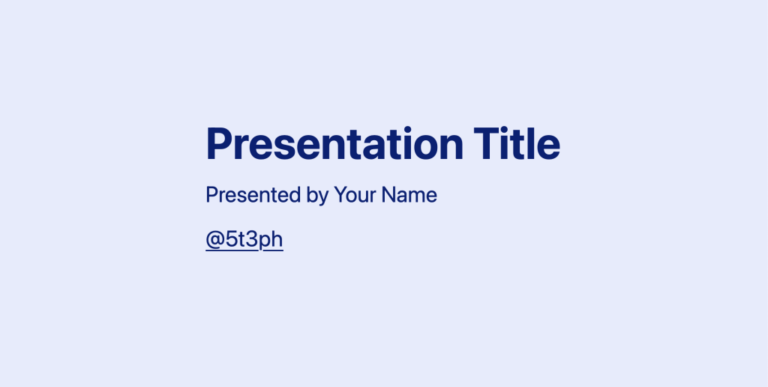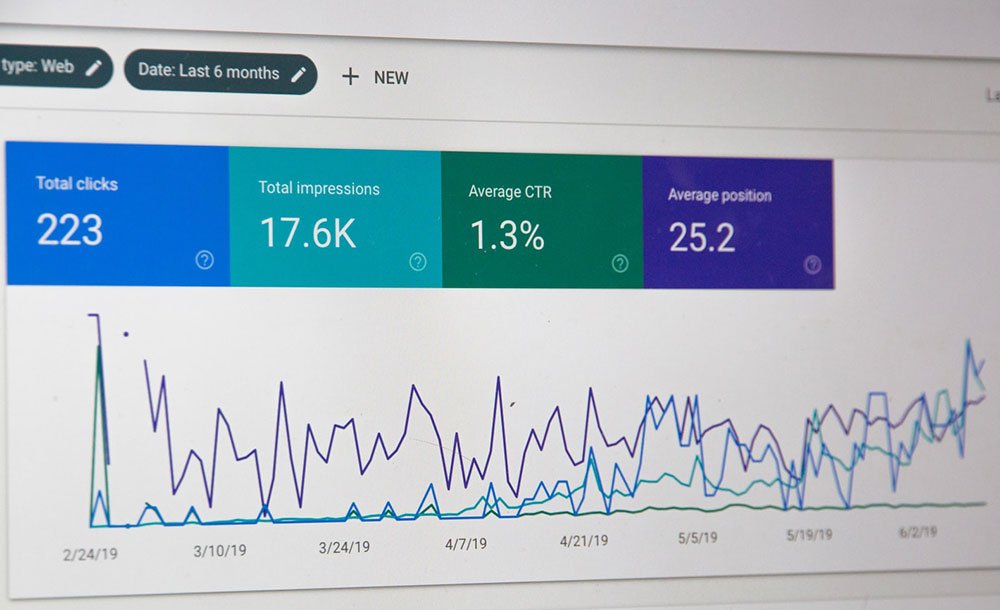
It is estimated that there are nearly 2 billion live websites in the world. With such a competitive online environment, it shouldn’t come as a surprise that great SEO is vital. After all, you need to make sure that people can find your website – otherwise, what would be the point of having one if potential and current customers can’t reach it? This is especially important in competitive industries, such as gambling, which is why casino SEO is different from, for example, kids’ parties SEO.
Unfortunately, SEO has one major problem – its ever-changing nature. If you have ever taken an SEO course, you probably heard about the frequency of Google’s algorithm updates. For instance, in 2018, Google released over 3.200 updates. To survive the core updates and boost your traffic naturally, it’s important to optimize your website.
Today, we will share some tips that will help you improve both SEO and web design. So, if you want to find out more about the subject, all you have to do is keep reading.
Tip #1: Keep the Website Mobile-Friendly
Table of Contents
It’s hard to imagine a day without using a mobile phone – we’re just so used to it that some people even have phone separation anxiety.
Our habit of using mobile phones is reflected in the statistics – according to them, more than 50% of websites’ traffic is generated through mobile devices. This should give you an idea about why it’s important to have a mobile-friendly website.
Google recognizes it as well, which is why, starting from 2015, mobile-friendliness is a ranking factor, followed by mobile-first indexing started in 2017. The largest search engine in the world can now penalise your website if users struggle with slow website speed.
Tip #2: Make the Website Easy to Read
Content is king – this is something most, if not all, people working in this industry can agree on. However, what some of them don’t seem to realize, is the importance web design can have in it – if the web design is bad, users can feel discouraged and will not proceed with reading. Let us explain further.
As ‘bad’ website design, we can consider things such as content in blocks spread all over the page, or with too many hyperlinks that serve absolutely no purpose. Both of those things can discourage people from spending more time on your website, as it will make it hard for them to get the information they came there for in the first place.
Some other web design issues that affect content are the color of the text (e.g., dark color on a black background), size of the text, or the font it is written in. Web designers know exactly how to create a website that will be easy on the eyes, allowing the users to absorb content in a pleasant way – you can also learn to do that, all you need is a little bit of common sense to know what looks good and what doesn’t.
Tip #3: Make the Most Out of On-site SEO
On-site SEO is probably the most significant aspect when it comes to SEO for web design. It’s actually quite simple to do, which means that you don’t necessarily need a degree to be able to implement it. On-site SEO for web design involves:
Title Tags
The first thing that a user sees when getting results in the search engine are the title tags, which is why they need to be correctly optimized – here is what you should keep in mind when doing it:
- the tag should be short, around 50 to 60 characters
- the keywords should look natural; they should also be placed at the beginning of the title tag
- separate elements like location or category with dividers
- keep the same title tag optimization tactic across the whole website
Meta Descriptions
The meta description is an important element, as it explains shortly to the users what they can find on your website – in short. If you want to convince the user that your website is the one they should visit, you need to remember about a few things:
- the meta description should be very informative, well-written and concise
- keywords should be placed in a way that does not affect the description’s readability – not only will the rankings be affected, but also you might be unintentionally discouraging people from visiting your site
Heading Tags
Headings allow you to define a clear site’s structure. When combined with the right information, as well as title tags and meta descriptions we mentioned above, it can really make your content easy to follow – when you know which header to use and when, of course. The H1 is the most important and should only be used once – it should also include the major keywords. The H2 and H3 headers allow you to divide the text into smaller parts.
However, they are not only important because they help you keep the pages organized – they allow the search engine such as Google or Yahoo, to categorize and index your content.
The Bottom Line
Nowadays, a business can have a really hard time gaining new customers if they are not really visible online. However, with so many websites out there, showing yourself to potential clients is, without a doubt, challenging. The easiest way to do it is to appear on the first page of search results – although, to do that, you need to have great SEO, both on-site and off-site. Website design is just the beginning.

